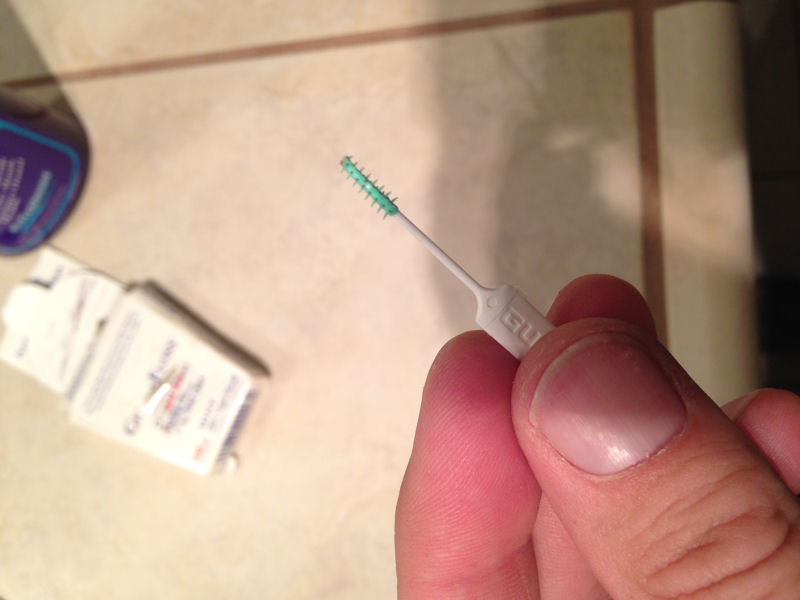I hate it when I fail to document. About a year ago I solved a problem I was having on a client site involving customized pages of categories. I didn’t document my solution, and not unexpectedly as the months ticked by it slipped out of my brain. Fast forward to now and I need the solution again. After too much time spent poking at my own mess, I have the solution again.
My problem was this: I want a page that shows all posts of a particular category, and I want the ability to format those posts into a custom view. No links in titles, no thumbnails, etc.
Find the Slug of the particular category you want to display. This is in the Category edit page. Then create a .PHP file named SLUG_page_template.php. Populate the file thusly:
{code type=php}
<?php
/*
Template Name: PageOfPosts
*/
get_header(); ?>
<div id=”content” class=”narrowcolumn”>
<?php
if (is_page() ) {
$category = get_post_meta($posts[0]->ID, ‘SLUG’, true);
}
if ($category) {
$cat = get_cat_ID($category);
$paged = (get_query_var(‘paged’)) ? get_query_var(‘paged’) : 1;
$post_per_page = 4; // -1 shows all posts
$do_not_show_stickies = 1; // 0 to show stickies
$args=array(
‘category__in’ => array($cat),
‘orderby’ => ‘date’,
‘order’ => ‘DESC’,
‘paged’ => $paged,
‘posts_per_page’ => $post_per_page,
‘caller_get_posts’ => $do_not_show_stickies
);
$temp = $wp_query; // assign orginal query to temp variable for later use
$wp_query = null;
$wp_query = new WP_Query($args);
if( have_posts() ) :
while ($wp_query->have_posts()) : $wp_query->the_post(); ?>
<div <?php post_class() ?> id=”post-<?php the_ID(); ?>”>
<h2><a href=”<?php the_permalink() ?>” rel=”bookmark” title=”Permanent Link to <?php the_title_attribute(); ?>”><?php the_title(); ?></a></h2>
<small><?php the_time(‘F jS, Y’) ?> <!– by <?php the_author() ?> –></small>
<div class=”entry”>
<?php the_content(‘Read the rest of this entry »’); ?>
</div>
<p class=”postmetadata”><?php the_tags(‘Tags: ‘, ‘, ‘, ‘<br />’); ?> Posted in <?php the_category(‘, ‘) ?> | <?php edit_post_link(‘Edit’, ”, ‘ | ‘); ?> <?php comments_popup_link(‘No Comments »’, ‘1 Comment »’, ‘% Comments »’); ?></p>
</div>
<?php endwhile; ?>
<div class=”navigation”>
<div class=”alignleft”><?php next_posts_link(‘« Older Entries’) ?></div>
<div class=”alignright”><?php previous_posts_link(‘Newer Entries »’) ?></div>
</div>
<?php else : ?>
<h2 class=”center”>Not Found</h2>
<p class=”center”>Sorry, but you are looking for something that isn’t here.</p>
<?php get_search_form(); ?>
<?php endif;
$wp_query = $temp; //reset back to original query
} // if ($category)
?>
</div>
<?php get_sidebar(); ?>
<?php get_footer(); ?>
{/code}
On line 9 change SLUG to the appropriate slug of your category. Update this file to represent the changes you want reflected on the category page.
Determine the cat number of your category. This is easily done by going into Categories and hovering over View. Then you can test by going to http://www.yoursite.com/?cat=# where # represents the category. Category pages can also be added to menus easily.



